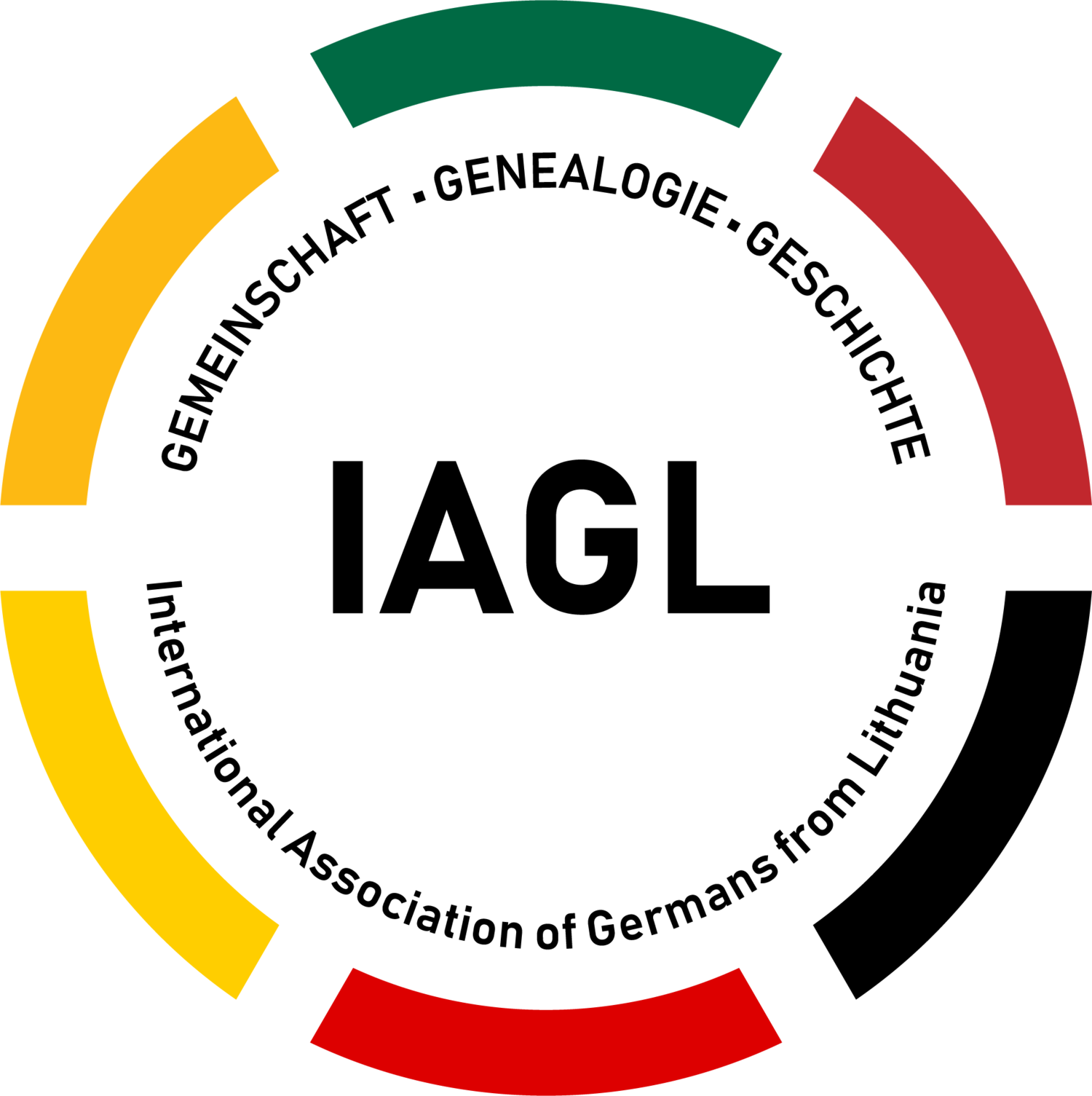The Genealogist’s Ultimate Translation Guides: In Their Words
One of the most common messages we receive is: can you help me translate this [Russian/German/Polish/Lithuanian] record?
Not a surprising request for those researching their German ancestors in southwestern Lithuania; depending on the age of the record, it could be written in Polish, Russian, German, Lithuanian, or a combination of all four in some cases.
So, what is my advice for those who are looking for help translating their Deutsche aus Litauen records?
My recommendation depends on this question: do you have any interest in learning how to translate these records yourself, or can’t you be bothered?
Answering no to either of those questions is completely acceptable. Of course, answering no to the former, means you’re likely going to need to pay a translator to help you. If you don’t have the budget for that, you may need to learn how to translate these records yourself out of necessity–and that’s not such a bad thing at all; it’s a good mental workout.
If you’re a do-it-yourselfer, there is a priceless selection of translation guides that teach you how to translate these daunting records and they will cost you less (in some cases) than paying a professional translator: Shea and Hoffman’s volumes of In Their Words: A Genealogist’s Translation Guide.
These extensive guidebooks (Volume II: Russian is over 500 pages long) cover Polish, German, Latin, and Russian, and are specifically written to help the genealogist or family historian glean as much information from genealogical records as possible.
The four volumes of In Their Words: were co-authored by Jonathan D. Shea and William F. Hoffman, both of whom have enough experience and knowledge that could fill a blog post of its own. Shea is a professor of foreign languages at the Connecticut State University and Hoffman an honours graduate of the University of Dallas and has a master’s in German from the University of Texas at Arlington. Both of the authors have extensive experience in languages, writing, and genealogical research.
I acquired the aforementioned second volume (Russian) of In Their Words as I am constantly trying to read and interpret Russian birth, marriage, and death records for my German ancestors from Lithuania. In addition, I am also researching my ethnic Polish ancestors from Suwałki whose records (starting around 1867/8) are also in Russian. Considering I know next to nothing about the Russian language, this particular volume has exceeded my expectations in its breadth, thoroughness, and accessibility.
Although this is a translation guide, Shea and Hoffman go beyond just simple translation and provide an in-depth lesson on everything from phonetics and language structure, to orthography, handwriting, and grammar (just to name a few.) Instead of just simply providing an alphabet and handwriting guide, the authors give the genealogist the all-important context with which to translate documents in Russian; something I often find missing in other guides, blogs, and videos I’ve seen on the topic of the translation as it relates to the genealogical field. These two gentlemen are not just giving you a fish–they’re teaching you how to fish.
The book also discusses record sources (it even introduced me to the US Russian Consular records which I had never heard of!) and provides detailed background and translation instructions on specific types of documents; they have covered almost all of the bases from obituaries to vital records. Information is also given on a geographic basis, and it warmed my heart to see a section (though a bit small) dedicated to Lithuania.
The few things I do know about translating Russian documents (in a genealogical context) in the past, I learned piecemeal–tips and tricks from translators I’ve hired or mistakes I’ve learned from. However, Shea and Hoffman’s book has answered so many of my questions within just the first 50 pages, let alone by the 500th page. It’s like having the inside scoop on the language without having to be fluent.
Birth record of Anna Saleker. (https://index.germansfromlithuania.org/records/birth/7561) Lithuanian State Historical Archives
Since purchasing the Russian volume, I also picked up a copy of the Polish and German volumes and they are just as useful and extensive. In addition, I also purchased a copy of another work that these two authors co-wrote: Following the Paper Trail: A Multilingual Translation Guide, particularly because it includes a section on Lithuanian.
Although Following the Paper Trail doesn’t go into the kind of detail of the In Their Words series, it does provide valuable information and instruction for 13 languages including Lithuanian, Czech, Portuguese, Latin, and French (just to name a few.) Just like the more extensive In Their Words series, the book includes real examples of documents from the various languages you might encounter (birth/death/marriage records, passports, etc.) and provides a more brief introduction to the languages, their structure, alphabets, and translation tips.
I cannot stress how valuable Shea and Hoffman’s books are. If you’re struggling to read and translate your Deutsche aus Litauen records, I would highly recommend investing in the Polish, German, and Russian volume’s of In Their Words. They are beyond doubt worth every penny. Even if you choose not to attempt to translate your own records, the historical context and information about records provided in these guides, are still well worth the price of purchase.
The various volumes of In Their Words can be purchased directly from Language & Lineage Press on their website here (in addition to some other wonderful books for genealogists researching in Poland).
Also Be sure to check out Following the Paper Trail: A Multilingual Translation Guide that Shea and Hoffman authored, which can be purchased exclusively through Avotaynu here


